Flight Paths: A Book Review Written During Migration
10,000 Birds
MAY 2, 2023
I am not sure if this is totally true in the widest sense, especially when it comes to the question of WHY birds migrate (I’m asked this question constantly by beginning birders and would love an answer that doesn’t involve a garble of words about magnetic fields, genetics, and scarcity of resources). THIS IMAGE NOT IN THE BOOK.

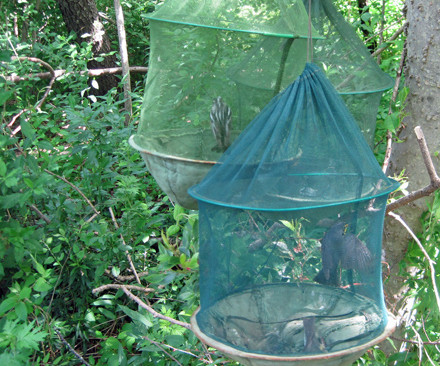
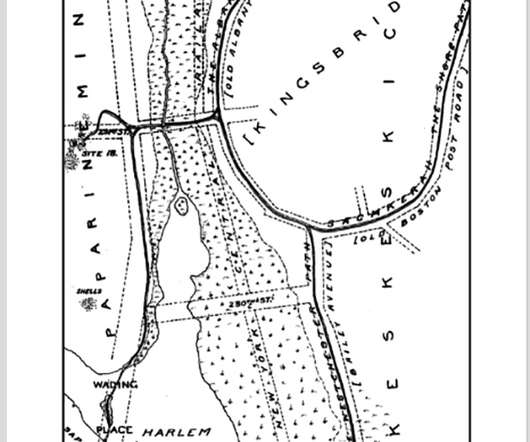




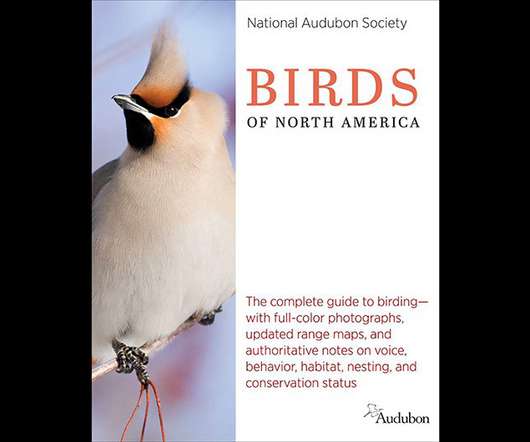
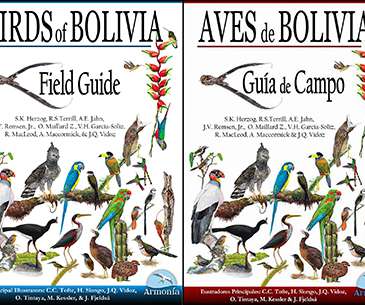


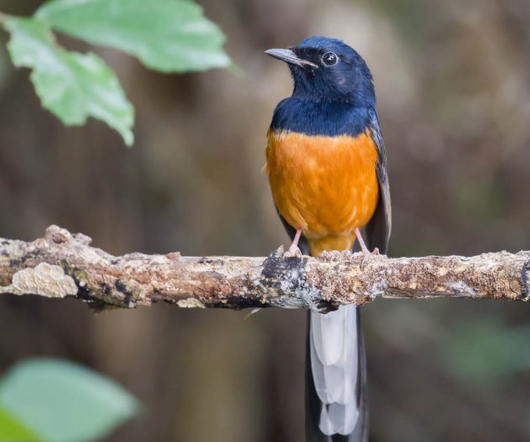
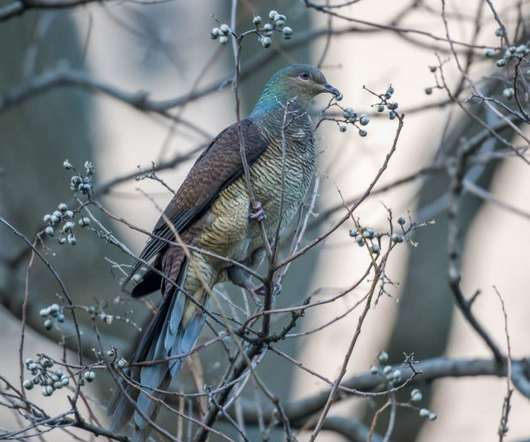





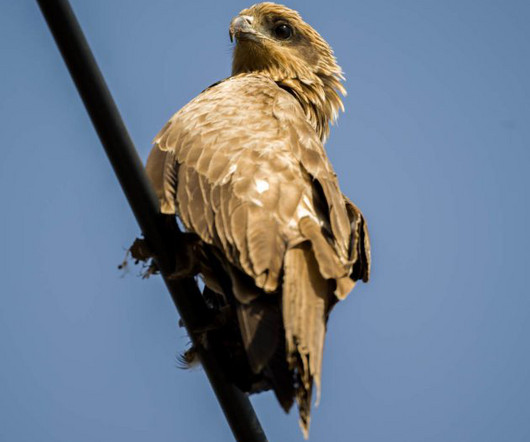







Let's personalize your content